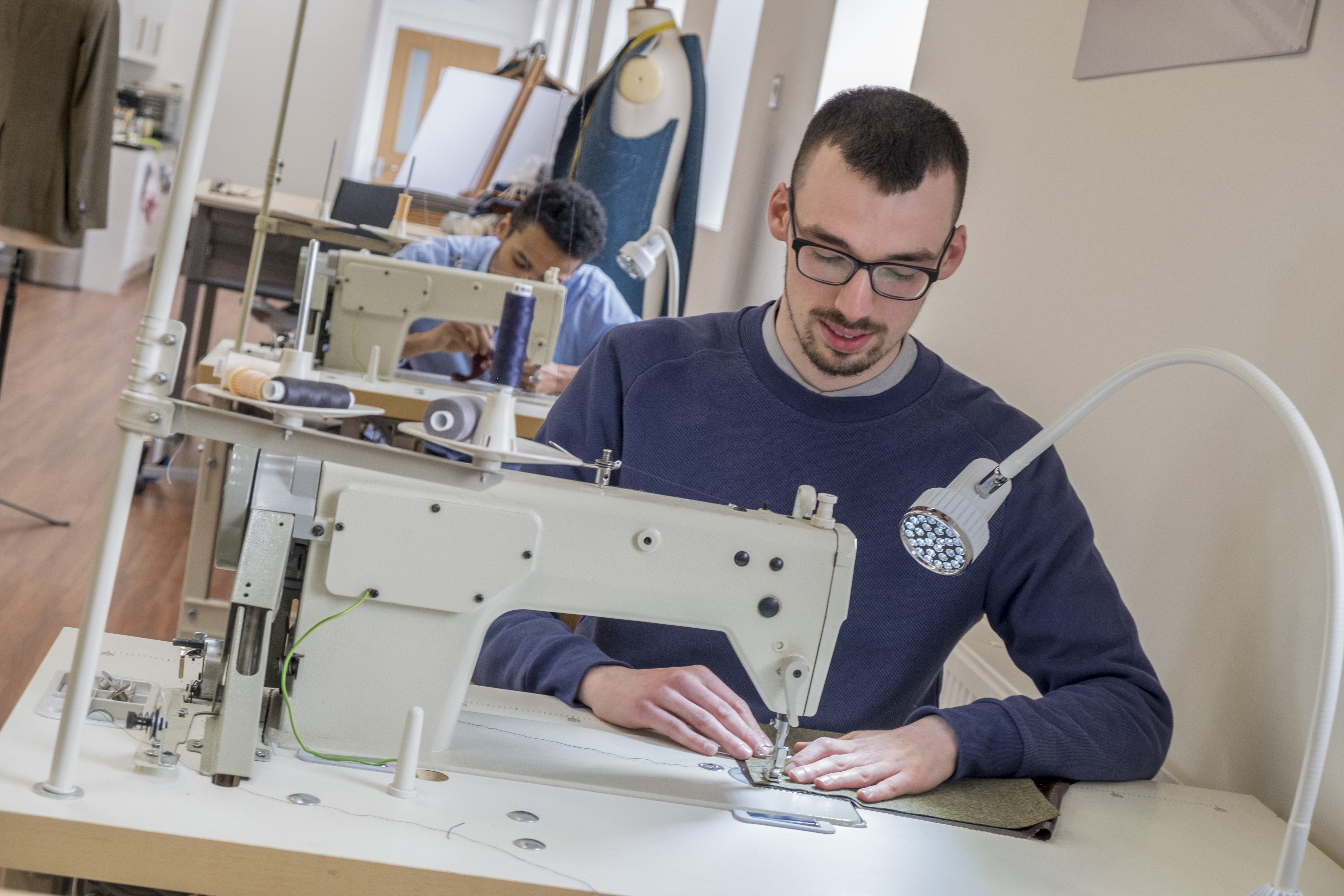Tailor Perth Quality: Where High Quality Satisfies Personalized Tailoring
Tailor Perth Quality: Where High Quality Satisfies Personalized Tailoring
Blog Article
Understanding the Tailoring Process: From Textile Option to Last Fitting for the Suitable Wardrobe
The tailoring process is an intricate interaction of art and scientific research, starting with the vital decision of material selection and culminating in the precise changes of final fittings. Each textile kind brings distinct high qualities that affect not just the visual appeal however additionally the garment's durability and suitability for various celebrations. Recognizing the subtleties of tailoring strategies can raise one's wardrobe to extraordinary degrees of elegance. As we explore these aspects even more, one must take into consideration exactly how even the tiniest details can considerably influence the general outcome of one's personal design.
Importance of Material Option
Selecting the ideal material is critical in the tailoring process, as it directly affects the convenience, resilience, and general visual of the last garment (tailor perth). The option of fabric sets the foundation for the garment's efficiency, capability, and style. Various textiles possess one-of-a-kind buildings, such as stretch, weight, and breathability, which can dramatically influence just how the garment drapes and fits the body
Moreover, textile selection influences the garment's long life and convenience of treatment. Top notch textiles can stand up to damage, keeping their look and framework gradually, while lower-quality materials may result in pilling or fading. Additionally, the best textile adds to the garment's capacity to transition across events and seasons, consequently boosting adaptability.
A customized piece made from a suitable material not only showcases craftsmanship however additionally raises the user's confidence. Consequently, comprehending the subtleties of fabric option is paramount for any kind of tailoring undertaking. It ensures that the end product not just satisfies the aesthetic desires of the customer however likewise aligns with practical requirements, thereby attaining a harmonious balance in between type and function in the tailored closet.
Kinds Of Fabrics and Their Uses
Understanding the numerous kinds of textiles available is essential for making notified choices during the customizing procedure. Each material has unique characteristics that dictate its viability for particular garments and celebrations.
Its adaptability enables it to be tailored into every little thing from tee shirts to outfits. Its natural flexibility aids garments maintain form over time.
Silk shows high-end and is light-weight, making it perfect for eveningwear and fragile blouses; nevertheless, it needs cautious handling because of its delicacy. Bed linen, with its distinctive coating, is a preferred choice for warm climates, supplying a airy and crisp feel, however it wrinkles conveniently, which may impact the garment's appearance.
Artificial fabrics, such as polyester and nylon, deal toughness and resistance to wrinkles, making them ideal for daily wear and energetic apparel. Recognizing these material kinds and their residential or commercial properties enables much better decision-making, guaranteeing that each tailored piece not just fits well yet additionally lines up with the designated function and occasion.
The Tailoring Techniques Explained
The art of customizing relies upon a selection of methods that change material right into well-fitted garments. Central to this process is pattern drafting, where a tailor creates templates based upon the customer's dimensions and wanted design. This first action makes certain that the garment will fit the user correctly before any type of reducing happens.
Once patterns are established, reducing strategies enter play. Precision is vital as errors can lead to misfitting garments. Tailors frequently utilize various cutting methods, such as single-layer reducing for complex designs and multiple-layer reducing for effectiveness on standard patterns.
Basting is an additional necessary method, allowing dressmakers to briefly stitch textile pieces with each other for a preliminary installation. This method supplies the opportunity to analyze the drape and overall shape before final sewing.
Seaming methods, consisting of flat-felled seams and French joints, enhance the garment's sturdiness and aesthetic allure. Tailors also use strategies such as interfacing and his comment is here cushioning to give framework and form to certain locations, like shoulders and collars.
Last but not least, finishing methods, consisting of hemming and edge completing, make certain the garment's durability while supplying a refined appearance. With each other, these methods create the backbone of efficient customizing, resulting in beautiful, custom-fit clothing.
Suitable Changes and Considerations

Trick factors to consider consist of the shoulder fit, which needs to neither droop neither limit motion, and the sleeve length, which must enable comfortable arm motion while maintaining a polished appearance. In addition, modifications at the waistline can improve the silhouette, with options to allow out or absorb fabric as required.
The increase of trousers is an additional important element; it should rest conveniently above the hips without creating discomfort, permitting convenience of movement. Hemming sizes for both pants and skirts need to show the wearer's recommended style while respecting percentages.

Preserving Your Tailored Clothing
Always comply with the treatment tag instructions, which may recommend completely dry cleaning for delicate materials or equipment cleaning for more durable materials. Prevent regular laundering, as this can put on down the fabric and alter the garment's form.
Storage space is similarly crucial; usage cushioned hangers for layers and coats to keep shoulder structure, and store trousers folded neatly or hung to stop creasing. Secure garments from direct sunshine, which can fade colors and damages fibers.
Additionally, regular inspections for minor repair services can stop bigger concerns. Look for loose buttons, tearing joints, or indicators of moth damage, attending to these troubles immediately to maintain the garment's honesty.
Finally, consider seasonal turning. Wearing customized pieces in small amounts enables fabrics to recuperate, extending their life-span. By executing these upkeep approaches, you can guarantee that your tailored garments continue to be as excellent as the day you first used them, improving your suitable closet for several years to come.
Conclusion
The tailoring procedure, including material choice, skilled strategies, and precise fitting modifications, plays a crucial role in developing garments that boost both comfort and style. Comprehending the value of upkeep prolongs the life of tailored garments, solidifying their value in a well-curated wardrobe.
Choosing the right fabric is essential in the tailoring process, as it straight affects the convenience, toughness, and total aesthetic of the final garment. The choice of fabric sets the structure for the garment's style, efficiency, and capability. Various materials possess unique buildings, such as breathability, weight, and stretch, which can considerably affect just how the garment drapes and fits the body.
The art of customizing relies on a selection of strategies that transform textile right into well-fitted garments.The tailoring process, incorporating material choice, proficient methods, and precise suitable adjustments, plays a additional hints critical function in developing garments that improve both comfort and design.
Report this page